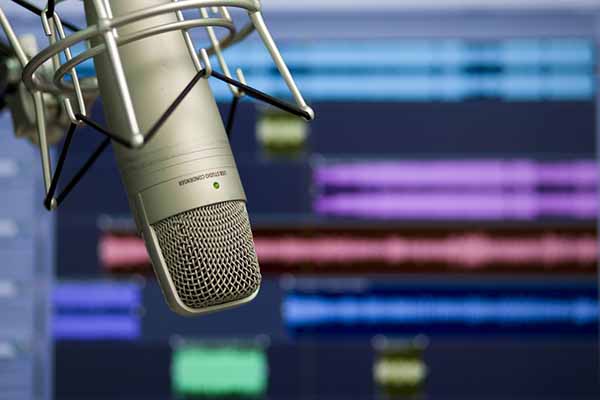Recently released survey by CBRE South Asia Pvt Ltd. shared that 73% of companies in India are considering hybrid working arrangements as part of their future work model. And, in fact employees are opting for employers who are open to hybrid/ flexible work model. Scenario such as these presents challenges for remote workers or learners taking lessons online. Unwanted background noises of family or pets, traffic, construction going on next door can be annoying and at the same time creating trouble in focusing on work. In fact, basis the industry surveys, 70% of workers think that too much noise reduces their ability to work efficiently and can add significant stress to mental and physical disorders.
Soundproofing Techniques for Reducing Noise: Active and Passive
A passive method of background noise reduction is to soundproof your home by installing sound-absorbing panels on the walls that are powered by specialized technology. However, this approach is not only expensive but also labour- and time-intensive. However, background noise suppression using an active approach is more cost-effective than passive methods.
Using earplugs or headphones can help successfully reduce background noise with the use of contemporary active noise cancellation technologies. The power of noise cancellation with artificial intelligence is already in play. However, these are not only expensive options, but also pose health hazard in long run. ENT specialists are seeing an increasing number of patients walking in with external ear infections. A 52-year-old IT professional recently suffered from a bout of ear infection that it took him over 40 days to recover as stated in the Times of India article on Overuse of earphones for work & play pushes up infection.
Technology for Noise Cancellation: A Workable Solution
Through both active and passive noise cancellation techniques, artificial intelligence (AI) is currently aiding in the development of superior noise cancellation technology. While active noise cancellation (ANC) technology is widely seen as being crucial for those who work from home, passive noise cancellation, or simply noise isolation, can be conducted by filtering out noise through hardware such as heavily padded earmuffs or headphones. ANC is quite good at reducing irregular, high-frequency noise, such as loud talking, whistles, or broken glass. By 2024, ANC is predicted to hold 60% of the market, making it the leader in the headphone market.
Along with ANC-powered headphones, noise cancellation software is in increasing demand, particularly in the online workplace where people often communicate and work together via video conferencing tools.
The AI-driven noise cancellation software ClaerityAI from Aeris Communications improves voice quality by successfully cutting background noise while on the phone. This has several advantages in addition to making it easier for users to listen and be heard during online meetings. The technology is compatible with all web-based collaboration tools, including MS Teams, Zoom, and Google Meet. It is compatible with Windows and the MacBook and is simple to install on desktops and personal computers.
In virtual meetings, the AI voice enhancement technology improves audio clarity and quality by cancelling out all distracting background noise during online calls. Background noise from other speakers in the virtual conference as well as background noise from the speaker’s immediate surroundings. Due to the uninterrupted communication, this leads to better concentration and increased production.
For the near future, working from home will continue to be a popular choice across many industries. As a result, businesses are turning increasingly to noise suppression software options like ClaerityAI as essential components to manage the problems associated with their workforce’s remote working.
About the author:

Dr Rishi Mohan Bhatnagar is President at Aeris Communications.















